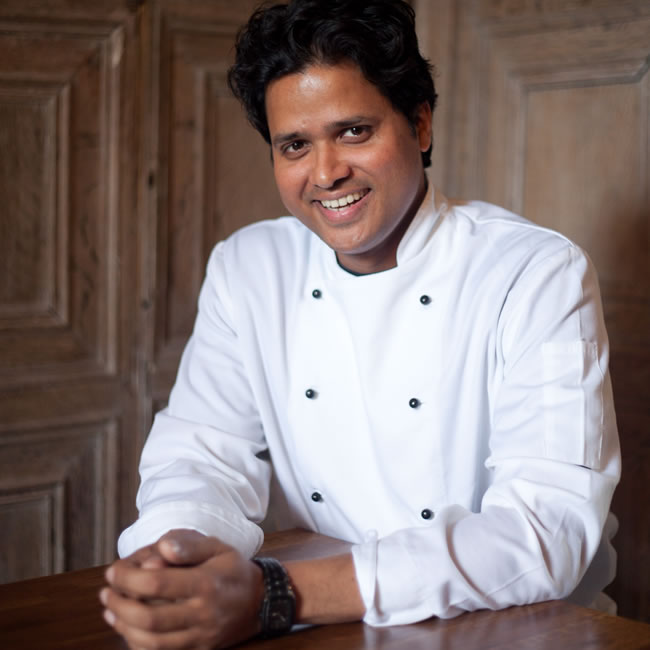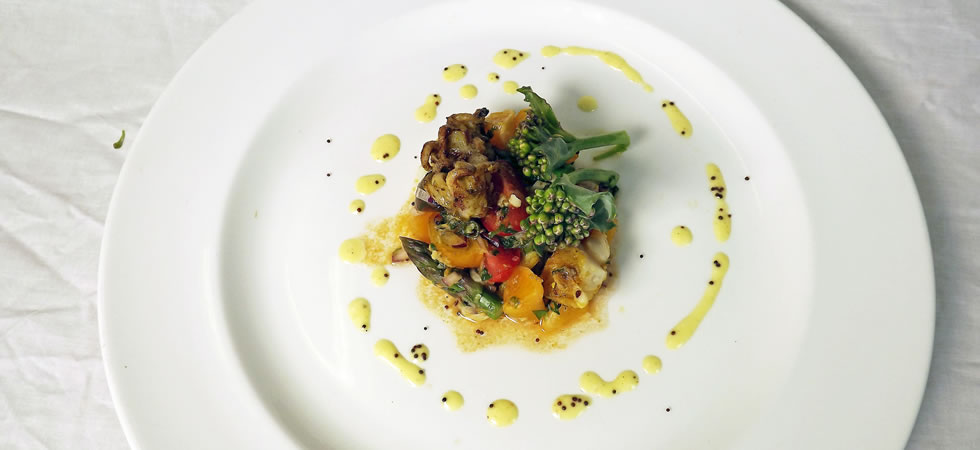Dev Biswal, owner and head-chef at The Ambrette restaurants in Canterbury, Rye and Margate explains why high-end restaurants should be upping the pace in 2016.
We don’t often put casual dining and fine dining in the same sentence. While casual dining is usually quick, informal and spontaneous, fine dining still conjures up the image of pressed table-cloths, silver-spoon service and relaxed hours spent sampling new and innovative tastes, textures and techniques.
However, this clear-cut division is fast disappearing as restaurant owners begin to combine the two and offer a ‘rapid fine dining’ experience to customers seeking to discover fresh new flavours and be wowed by the latest preparation techniques, all within the rush of modern day life.
As one of these restaurant owners myself, it’s a case of keeping up with the world we live in, and the High Street! If high-end kitchens are to compete with the rise of the UK’s casual dining chains, we need to be catering for diners who are looking to browse exciting menus, enjoy multiple courses and settle-up, all in under two hours.
Fine dining restaurants need to offer a ‘rapid fine dining experience’ that serves up high-quality food and drink in half the time.
Aside from retaining an existing clientele, and attracting new diner demographics, promoting ‘rapid fine dining’ in your restaurant has a number of other benefits, the first being increased footfall; if you half the time it takes for diners to experience your restaurant’s offering, you can serve this to double the amount of diners within a given time period.
Turning the pace up on the floor of your restaurant means that kitchens need to work quicker and smarter, too; introducing ‘rapid fine dining’ into a restaurant is a great way encourage chefs to develop and use news skills.

Finally, faster cooking techniques often consume less power than roasting, braising and stewing; if crisp, fresh produce is served raw, it requires no electricity to prepare. Upping the pace in the kitchen could be one way to lower your overheads.
What does rapid fine dining look like on the restaurant floor?
1. Fresh is best
Start by sourcing the freshest produce as locally as possible. One of the joys of ‘rapid fine dining’ is that it’s an opportunity to showcase fruit and vegetables at their brightest and herbs at their most fragrant; diners can discover beautifully presented, colourful produce that has only taken 5 minutes to prepare.
2. Speed and skill
Rapid fine dining is about plating up dishes that look and taste great in a shorter amount of time, so the next step is to use preparation and presentation techniques that turn raw ingredients into impressive plates as fast as possible. Sautéeing or stir-frying vegetables instead of stewing them is a good place to start. Minutes and even hours can be saved by rethinking preparation processes.
3. Small is beautiful (and delicious)
While ingredients and techniques are the basis ‘rapid fine dining’, it helps to create your menus with speed in mind. At The Ambrette, my menus are often inspired by the street food served all over the world because this food is quick and fresh by nature.
Introducing a ‘tasting menu’ format to your restaurants offering is another way to offer fine dining against the clock! By serving multiple courses of varied, smaller plates, restaurants can allow their diners to discover a wide range of innovative flavour and texture combinations in the time it would take them to enjoy a three-course meal. Our baby octopus ceviche (pictured) is a great example.
When a customer walks into a restaurant and leaves two hours later having discovered a new ingredient or flavour combination to take into their modern, busy schedule, rapid fine dining has been achieved!
Last year we sent food expert James Whitley to The Ambrette in Canterbury, read his review here.






















